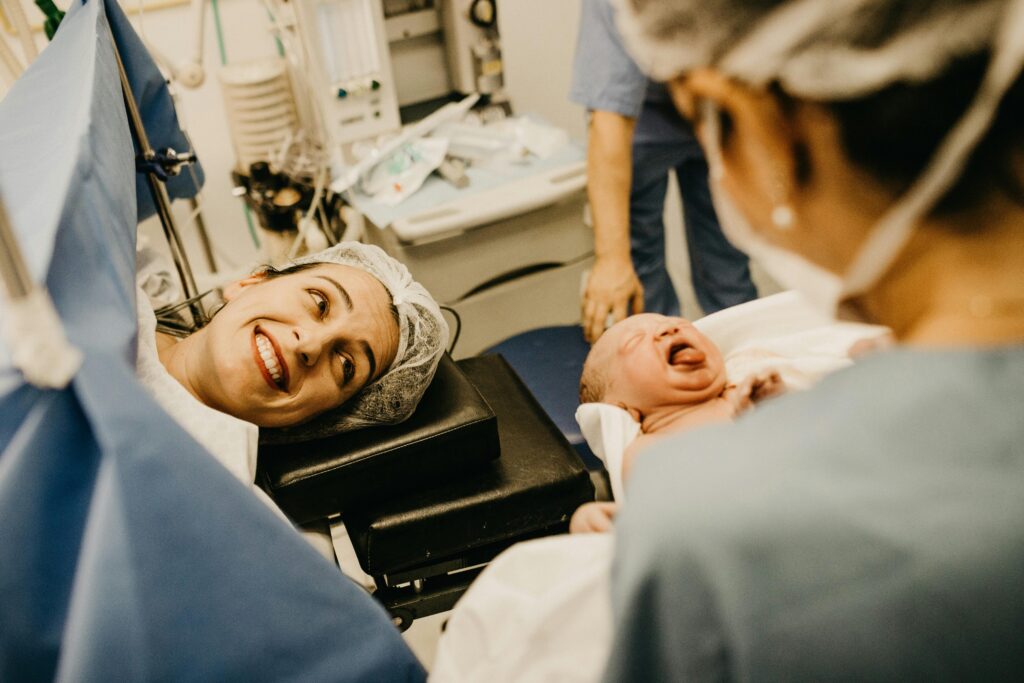The world of childbirth has evolved significantly over the centuries, transitioning from traditional midwifery to highly advanced obstetric care. This evolution reflects not only technological and medical advancements but also shifting societal norms and expectations. In this personal reflection, I aim to honor the timeless role of midwives while examining the strengths and challenges of both traditional and modern obstetrics.
The Art of Traditional Midwifery
Traditional midwifery has deep roots in human history. For centuries, midwives were the primary caregivers during childbirth, relying on knowledge passed down through generations. Their role extended beyond medical care; they were confidants, counselors, and community pillars. The art of midwifery was as much about the emotional and spiritual support as it was about the physical process of delivering babies.
One of the most profound aspects of traditional midwifery is the personalized care. Midwives often form close bonds with the families they serve, providing continuous support throughout pregnancy, labor, and postpartum. This continuity of care fosters a deep sense of trust and security, which can be incredibly comforting during such a vulnerable time.
I recall my grandmother’s stories of her own births, attended by a midwife in her village. The midwife, a trusted figure, knew the community’s women intimately, understanding their fears, hopes, and needs. This connection, my grandmother said, made all the difference, transforming childbirth from a clinical event into a deeply personal and communal experience.
The Advances of Modern Obstetrics
In contrast, modern obstetrics, with its emphasis on medical technology and hospital births, represents a significant departure from traditional practices. The advent of advanced medical equipment, prenatal screenings, and surgical interventions like cesarean sections has drastically reduced maternal and infant mortality rates. These advancements are undeniable achievements, providing safer outcomes for countless families.
Modern obstetrics offers a level of precision and preparedness that traditional methods often lack. High-risk pregnancies, which might have posed insurmountable challenges in the past, are now managed with relative safety. Epidurals and other pain management options have revolutionized the childbirth experience, offering relief that was previously unimaginable.
However, this shift towards medicalized childbirth is not without its criticisms. The impersonal nature of hospital births, where multiple caregivers might attend to a woman during labor, can leave some feeling isolated and unheard. The focus on efficiency and standardization can sometimes overshadow the individualized care that many expectant mothers crave.
Bridging the Gap
As we reflect on the dichotomy between traditional midwifery and modern obstetrics, it becomes clear that there is no one-size-fits-all approach to childbirth. Each method has its own merits and limitations. The challenge lies in finding a balance that honors the strengths of both.
Integrative approaches, where midwives and obstetricians work collaboratively, are gaining popularity. This model aims to provide the best of both worlds: the personalized, holistic care of midwifery and the safety net of modern medical interventions. In such settings, women can benefit from the emotional support and continuity of care provided by midwives, while also having access to advanced medical facilities if needed.
In my own experience, I have witnessed the profound impact of this integrative approach. During the birth of my first child, I was attended by both a midwife and an obstetrician. The midwife’s calming presence and the obstetrician’s expertise created an environment where I felt both cared for and safe. This collaboration made my childbirth experience truly empowering.
Conclusion
Honoring the midwives and their contributions to childbirth is essential, as is recognizing the advancements of modern obstetrics. By valuing both traditional and modern practices, we can create a more compassionate and effective approach to maternal care. The future of childbirth lies in embracing the strengths of both worlds, ensuring that every woman receives the care, respect, and support she deserves during one of life’s most transformative moments.









